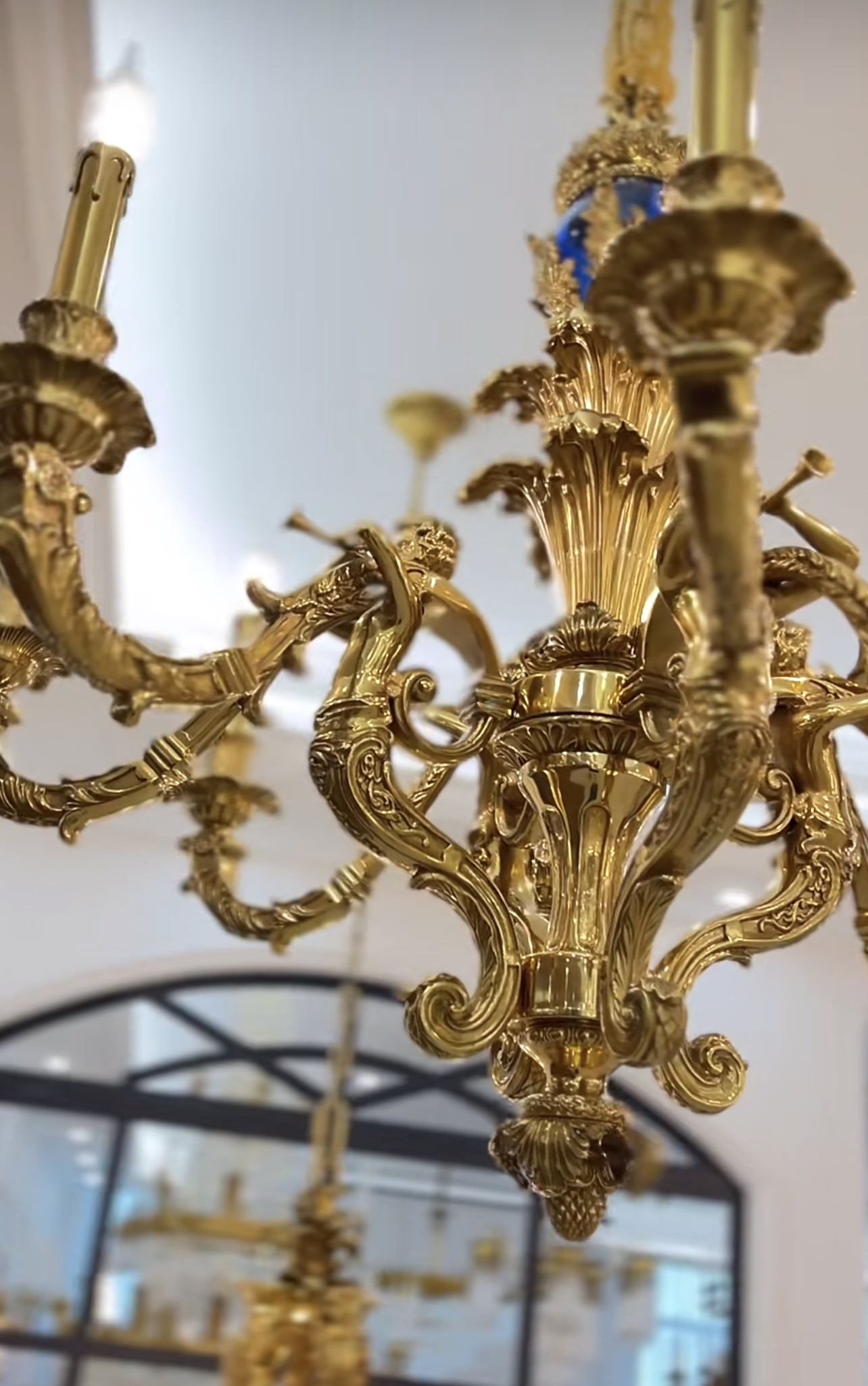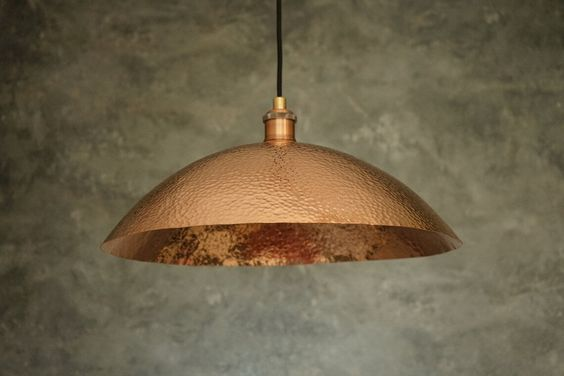
Glass cutting is a process of modelling the blocks of glass by removing required segments of a glass mass with a free bound grinding agent. This technique is fairly modern in the course of the glass refining history, however it spread very quickly and has become fairly popular. For its nearly endless possibilities of shaping, modelling and cutting, it is loved by the glass artists around the world who use it to turn their glass fantasies and art invention into unique 3D glass objects.
Laser cutting is usually the primary process before metal bending, rolling or metal fabrication of various forms such as stainless steel, mild steel and aluminium. Our state of the art machinery is able to cut all metal, resin, glass, stone, acrylic and wood to any shape and form to achieve the most challenging designs
Painting and powder coating are two of the most widely used finishing techniques.Both finishes coat the part in a layer that keeps moisture and oxygen from the substrate. Durable custom and standard paint/ powder coat options available to withstand harsh environments.
Laser cutting is usually the primary process before metal bending, rolling or metal fabrication of various forms such as stainless steel, mild steel and aluminium. Our state of the art machinery is able to cut all metal, resin, glass, stone, acrylic and wood to any shape and form to achieve the most challenging designs
Glass engraving is a refining technique for creating very delicate decoration and ornamental patterns using grinding wheels and agents both bound and free. It excels where the great detail of fine cuts, ornaments, floral and figural motifs, portraits, landscape and town vistas and so on is designed. It works both on crystal clear or coloured glass, both in positive or negative relief.
Apart from the classical use of engraving, we welcome bespoke projects that allow us to apply this unique technique in the modern context that involves exciting innovations such as incorporated lighting systems and architectual solutions.
Glass of different colours and shapes is fused together in the furnace at a temperature of approximately 840 °C. It is possible to use various coloured glass powders, crystal chips, sticks or other semi-products that create required decoration through the process of fusing. Fusing is commonly used to add some texture or pattern that can either melt into the surface of the glass sheet or create a 3D effect on the top.
Glass slumping is a technology where glass is being slumped or curved into special ceramic or stainless steel mould at temperature of 700 °C. Due to our year of experiences on bespoke large scale projects we can meet even the most unique demands for extraordinary interiors and architectual solutions.
6 fusing and stlumping
Vacuum forming is the simplest method of thermoforming, which is why it is often the most affordable and quickest option. Once the acrylic is heated and fitted around the mold, we use a powerful vacuum to suction out any air between the plastic and mold, pulling it firmly against the shape.
Flat sheet vacuum formed into many different curves and shapes to achieve any possible design.
Finishing is the final process in the manufacturing of many metal parts. Finishing makes parts look good, but it also protects them from corrosion, extending their shelf life and reducing maintenance.
Solid colors, mixed colors, texture, gold & silver leaf, chrome, nickel, brass and bronze. Pick any one of our standards, customize our standards to your needs or we can match control samples.
Electroplating is the most commonly used process for metal surface treatment. It is a process of plating a thin layer of other metals or alloys on certain metal surfaces using the principle of electrolysis. It is a process of using electrolysis to attach a layer of metal film to the surface of metal or other material parts, thereby preventing metal oxidation (such as rust), improving wear resistance, conductivity, reflectivity, corrosion resistance (copper sulfate, etc.) and enhancing aesthetics.

“There are typically two processing methods for blown glass. Thefrst method involves the use of molds, which are categorized as”water mold” and “fre mold.” The second method is the blowingmolding technique, which combines blowing and manual work tocreate shapes that are more flexible and adaptable.”

The process of copper etching involves the precise treatment of copper to createintricate lines and patterns, enhancing both the texture and design of copperproducts while also improving their corrosion resistance.

Dewaxing casting method, which belongs to the process of precision casting, is an ancient production process. lt ismainly the use of beeswax materials to make wax molds, the surface layer is repeatedly coated with fne mud paintand the drying side is thickened to minimize deformation and porosity, holes and other defects. After drying,dewaxing, baking, pouring, correcting and other processes, the cast mold can be obtained as a whole, and thebronzes or parts without normal lines can be obtained after pouring.

Copper is a very valuable metal material, often used in some luxury lamps andprojects. French lamps tend to be made of copper.According to the purity of thedivision, mainly 65% brass, 92% bronze. Common processing processes aresanding copper, die-casting copper, dewaxing casting copper, manual forging copper, corrosion and so on.

Handmade glass is mainly based on manual skills and tests the professionalism of workers. At the same time, it is also necessary to pay attention to safety, requiring qualifed annealing and the use of explosion-proof flm.

The process of copper etching involves the precise treatment of copper to createintricate lines and patterns, enhancing both the texture and design of copperproducts while also improving their corrosion resistance.

Hand-forged copper is made by hitting and striking the copper plate with ahammer to thin, stretch and notch the copper. Forging requires very precisecontrol of force and direction so that the copper does not crack or break duringthe deformation process. lt can present a unique texture effect and a sense of luxury.

Sanding copper is a casting method used for producing copper castings, also referred to as foundry casting or sandmolding. in this process, molten copper or other metals are poured into a sand cavity, and the resulting coppercasting product is obtained after cooling and solidifcation. This method is frequently employed in the lightingindustry for manufacturing all-copper lamps to create blank parts such as lamp arms, dish covers, and columns.